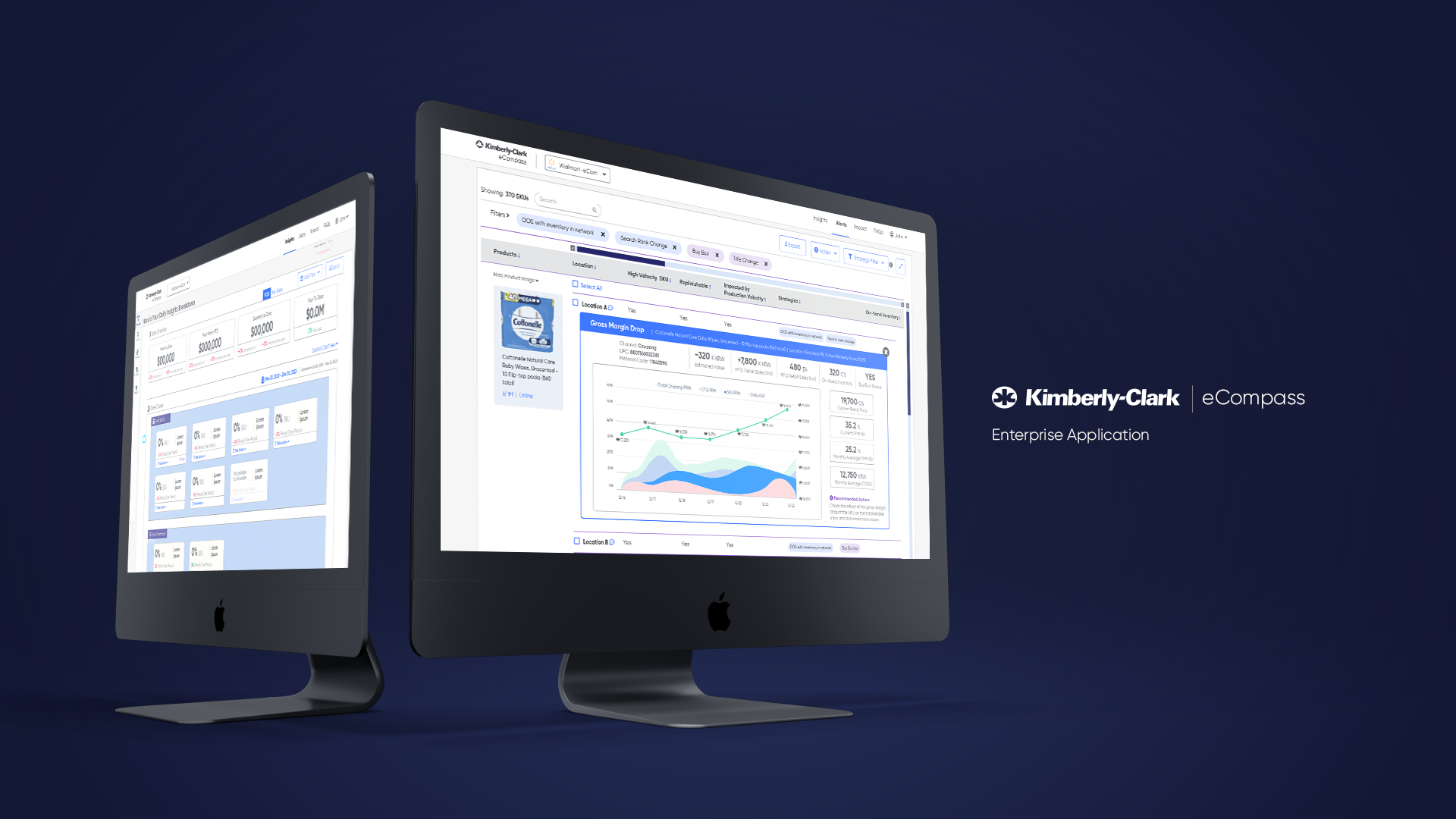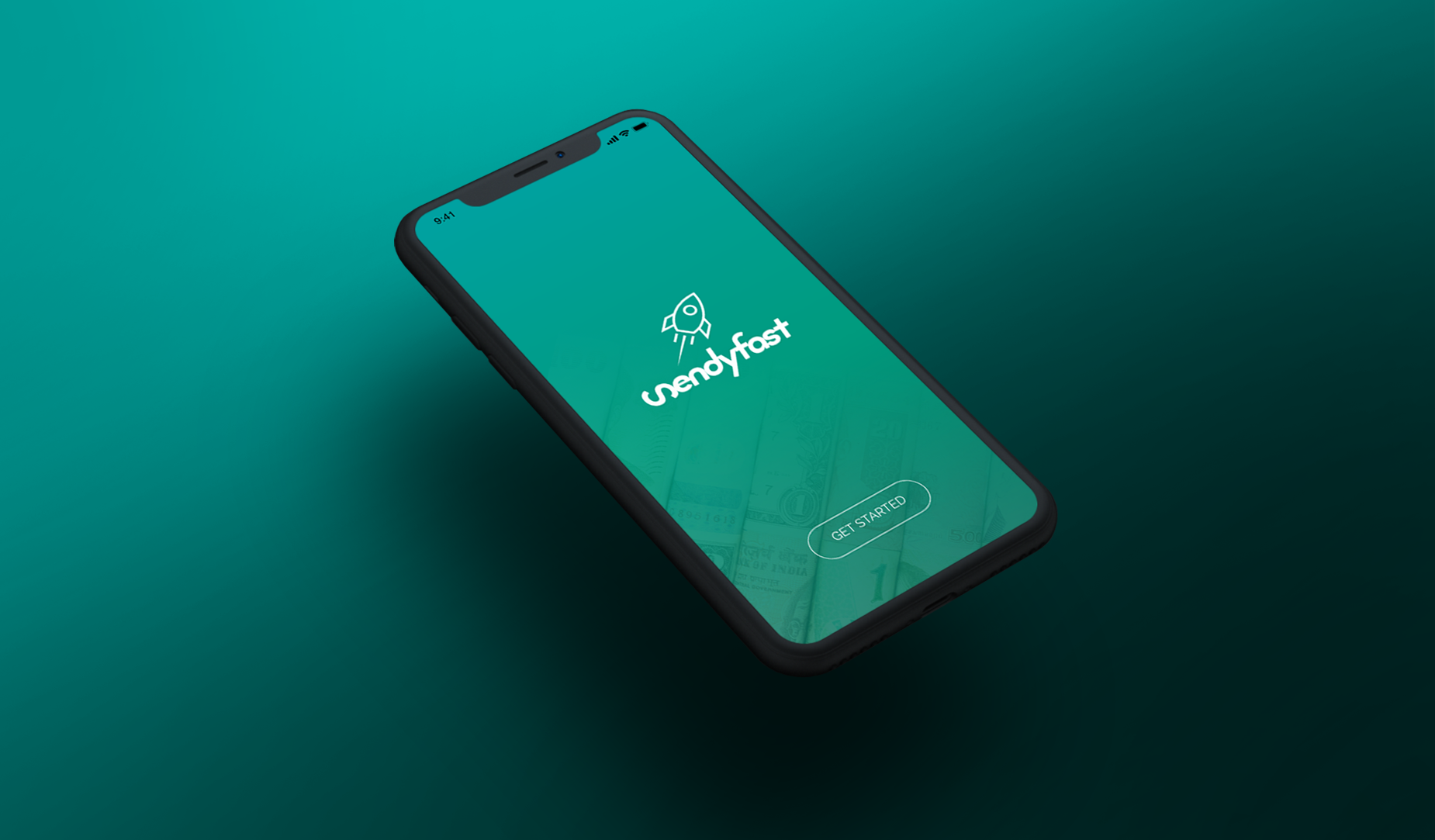
My Role
I led the UX Research, UI Design, and IA. I established UX as a guiding voice amongst business stakeholders to advocate user-centered design principles throughout the product design and development stages.
The team I collaborated with
1 Project Manager
1 Product Owner
5 SME's
4 Frontend Engineers
2 Database Developers
2 Data Analytics Fellow
2 QA Analysts
2 Stakeholder Representatives
Overview
A case study into an infrastructure for extracting content out of a document for tax auditing and investments.
XTM and its engagement team use a manual process to manage clients, map models, and decipher tax documents. Here's the issue, manual data entry and processing of documents is time-consuming - resulting in a large number of backlog items with multiple client documents. As this continues to be an issue that slows down tax audit processes, the XTM engagement team embarks on a journey to create an automated solution that allows for a standardized template - extract document modules with few clicks, and a seamless collaboration between the XTM team and it's clients.
DocXtract was born - an AI-based tool hosted on OnePlatform-Tax for Tax Engagement Teams from all member firms to make use of - provided that data residency requirements are met for each client whose data are being processed on the platform.
This tool can extract text, tables, key-value pairs, and document structure from PDF and image files. Users may utilize prebuilt extraction models or train new custom models tailored to clients' needs. This platform allows users to collaborate on projects, upload documents for extraction, edit, and verify results where extracted information is available for download to JSON or CSV for downstream processing.
Due to the sensitivity and proprietary of this project, some information will be withheld and modified. This project will be referred to as DocXtract and the Client as XTM
Goals and Challenges
Functionality
- There's no post-extraction business logic.
Export options only include JSON and CSV. - There is no integration with other XTM or third-party applications.
- Extraction results need to be reviewed before exporting.
- Because this is a third-party integrated software, support for different models, different locales, and new functionality is dependent on non-XTM teams.
Use of Application | MVP
- DocXtract will initially be available internally to XTM employees.
- External clients will not be able to use the document extraction tool.
- Data regulations, including 7216 compliance for US clients, must be observed.
- Other features and availability will be scheduled for Post-MVP PI
Benefits
Collaborate | Extract | Review | Export
- Decrease manual data entry and processing of PDF and image documents.
- Reduce time spent standardizing fields from different clients.
- Standardize templates template development and solutions sharing across service lines and clients.
User Research
I interviewed users with different roles operating within DocXtract. The goal is to understand the challenges across the engagement teams, the current state of data extractions, the processes, and common denominators across access levels. I did some UX auditing and documented my findings to support later solution explorations.
Persona

Design Process, User Flow, & Journey Mapping
I worked with the PM and PO to go over requirements, analyze business logic, and understand the law guiding the application usage to understand the domain. This background information helped me to navigate the conversation with stakeholders, map out the user journey, brainstorm design solution ideas, and my thinking process.

Wireframing
With several rounds of layout explorations, we were able to map out the product complexity and did multiple rounds of iterations to the wireframes to streamline the flow for a painless process. The below wireframe depicts an example of an admin adding a user and delegating their roles for the document extraction process.

High-level Deliverables as a Result of PI Planning, Estimates, Prioritization, and Team Standups.
Search Client, Create Project, & Manage Users
To begin any extraction process, an associate will search and select a client, view lists of projects under that client name, and delete or add new project(s). Only an admin user has the right to add and delegate associate roles to a client's project.

Dashboard
Graphical visual representation of data and information regarding a client and all the documents, associates, and statuses attached to that client. I worked closely with the dev, data analytics, and BA teams to understand the platform that will be used for data visualization (Devextreme). I then spent some time auditing the Devextreme platform to understand the dashboard components, functionalities, and constraints to support design solutions.

Start a New Extraction
Work in progress, to be continued...

XTM - DocXtractB2B Application

T.Rowe Price - Subscription SearchUI/UX Design

Kimberly Clark - eCompassUI/UX Design

Sendyfast - Mobile AppUX Design

Qunol - Website RedesignDigital, Web & UX

Qunol - Amazon StoreDigital, Brand & UX

Instant Drink Mix | Product AwarenessProduct Awareness

Logo CollectionLogo Design
